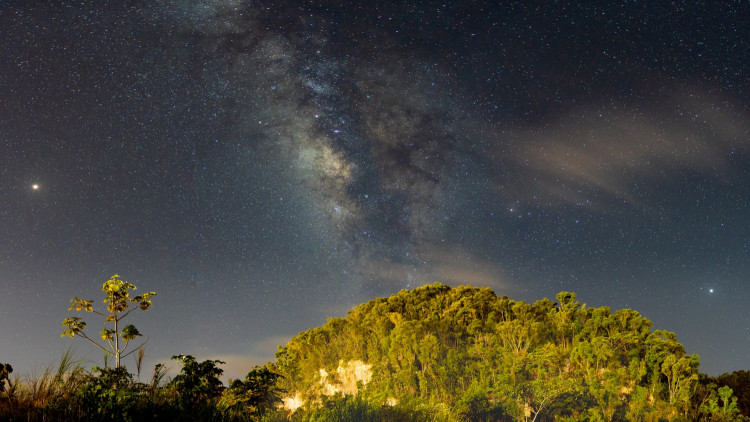In a phenomenon called great conjunction, Jupiter and Saturn, the two largest planets in our solar system, will appear very close to each other on Monday, Dec. 2. Closer, in fact, than they have been since the Middle Ages.
The occurrence is so legendary that some have linked it with the popular Bethlehem Star that guided the three wise men in the tale of the Bible's Nativity.
Here's exactly what you need to know.
How, where, and where you will see the great conjunction?
People call it the "Christmas Star," but the great conjunction is about planets, not stars. Just 0.1 degrees apart-a fifth of the diameter of the Full Moon-this is the closest Jupiter and Saturn to each other since the great conjunction of 1623 and the best since 1226. The two largest planets in our solar system, Jupiter and Saturn, will appear like two bright, nearly touching stars, as seen by the naked eye.
In astronomy, conjunction happens when two astronomical objects (asteroids, moons, planets, stars) appear close together in the sky as seen from Earth. The great conjunction specifically involves Jupiter and Saturn. This happens only every 19.6 years, so the occurrence is already rare, but the Dec. 21 event would be the nearest observable conjunction of the two since 1226. (They almost came about this close in 1623 but possibly could not be seen from Earth.) And don't miss it-you might not have another chance.
It's all going to happen right after sunset in the southwestern skies on Dec. 21, and it's going to be low on the horizon. There will be no time to waste since the two planets can sink below the horizon around two hours after sunset.
Figure out the precise time of sunset where you are and have a clear look low to the southwest horizon about 45 minutes after sunset. You will see Jupiter appear in the twilight, followed by Saturn on the upper right.
The two planets would also look close to each other in binoculars or a wide-field telescope. If you have a telescope with high magnification, you can see the amazing sight of the rings of Saturn, the cloud belts of Jupiter, and the four moons of Jupiter (Ganymede, Europa, Callisto, and Io) all in the same field of view.
Indeed, it would be a historic sight. It's a perspective that most humans will never expect to witness in their lifetime.




